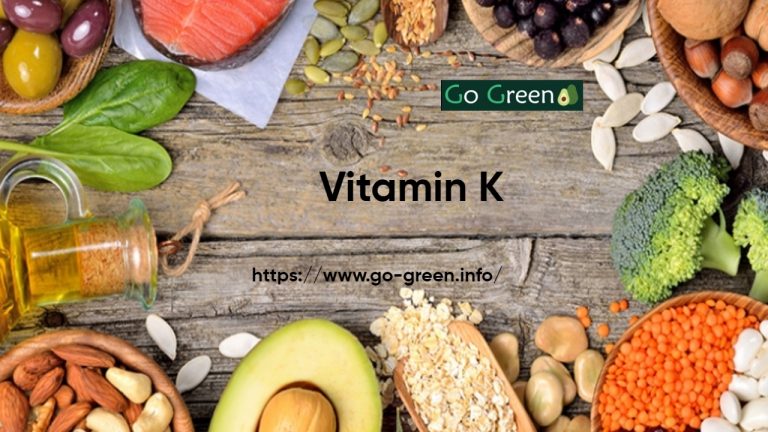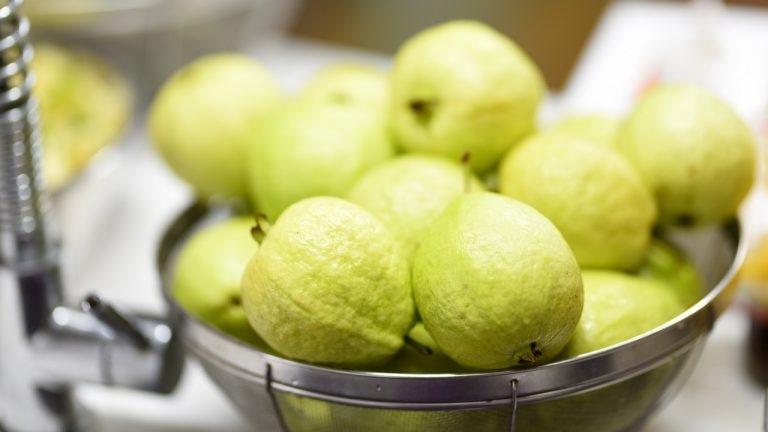Classification & Nutritive value of vegetables

Eat plenty of vegetables. They protect us from any diseases.
Vegetables also give variety to our diet. They make our meals more colorful, tasty and easily digestible. In spite of these benefits, we consume very few vegetables. This is probably because we are not aware of the benefits we can get from these vegetables.
The knowledge about vegetables is very important for our health. We should know which ones are best suited for us. We must also know how best to buy, stores and cook them.
Classification and nutritive value of vegetables
Let us now classify these vegetables and understand what nutrients we can get from various vegetables.
We can classify vegetables into three groups:
• Green leafy vegetables.
• Roots and tubers.
• Other vegetables.
There are lots of benefits we can get from eating our daily intake of vegetables. Many veggies are:
• Rich in beta carotene, vitamin C, folate, potassium, and other minerals.
• High in fiber content, which helps regulate bowel function.
• Rich in bioflavonoids and other compounds that help prevent diseases.
Green leafy vegetables:
Vegetables like amaranth, lettuce, spinach, cabbage, methi, mustard, watercress, kale, drum stick leaves, parsley, mint, etc., are known as a green leafy vegetable. You know that these are the cheapest vegetables. But they are very useful for the body. These are rich in calcium, iron, and vitamins. As you have already known, calcium is good for bones and teeth. Iron helps in blood formation. Vitamins protect us from many diseases like blindness, bleeding gums, skin rash, etc.
Eating a diet rich in leafy greens can offer numerous health benefits including reduced risk of obesity, heart disease, high blood pressure, and mental health. Reduce the risk of eye disorders, such as macular degeneration and cataracts.
Roots and Tubers:
Potato, yam, tapioca, sweet potato, onions, garlic, ginger, carrot, beets, turnips, radish, fennel, turmeric, etc. Belong to roots and tubers group. These all are very cheap vegetables. Roots and tubers actually belong to basic group 1 food. Most of them are starchy or energy-giving foods. Adding a serving or two of root vegetables to your daily diet can be incredibly beneficial. These are rich in carbohydrates, vitamin C, a good source of calcium, vitamin A, helps in keeping bones and teeth healthy, it is good for eyes. It is rich in dietary fiber, minerals, vitamins, and bio-active proteins compounds, strong antioxidant activity, plays a major role to a reduced risk of several chronic diseases such as both coronary artery disease and cerebrovascular disease, different types of cancer, cardiovascular diseases, arthritis, diabetes, autoimmune and neurodegenerative disorders, and aging, etc…….

Other vegetables:
Brinjals, peas, beans, chili, pepper, Mushrooms, different types of gourds, lady’s finger, drumsticks, etc. All these provide vitamins and minerals, rich in calcium and vitamin c, folate, fiber, and potassium.
Tomato, squash, cucumber, eggplant, okra, olive, sweet corn, sweet pumpkin and green, red, yellow Bell Peppers/Capsicums are some of the examples of fruit vegetables.
Broccoli, broccoli flowers, artichoke, cauliflower, day lily, caper, squash blossoms, and courgette are some of the examples of flowers type vegetables.



